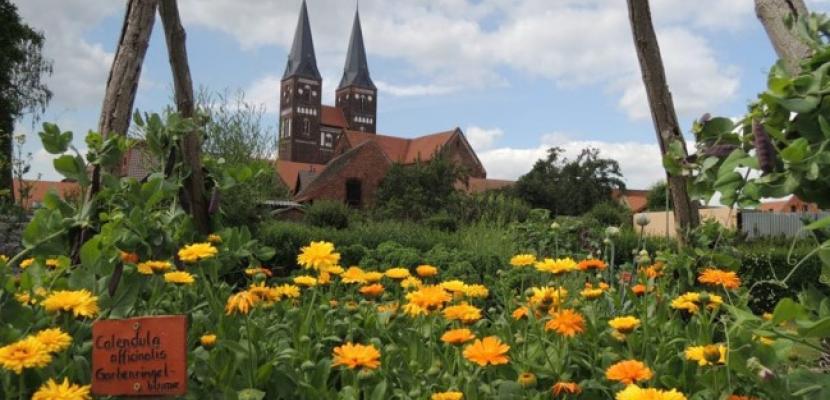Image

“The Route of the Romanesque”
Published on 04 August 2020

Germany
This is the good practice's implementation level. It can be national, regional or local.
About this good practice
The “Route of the Romanesque” was launched in 1993 to draw attention to the diversity of medieval architectural monuments and provide a historical insight into the period between 950 and 1250 in the region of present-day Saxony-Anhalt.“The Route of the Romanesque” is one of the ten most successful tourist routes in Germany.
Since the launch in 1993, it has been a heritage destination for educational tourists, art lovers and those interested in history.
Since 2007, the route has been networked throughout Europe and is part of the European Cultural Route TRANSROMANICA, which is designated by the Council of Europe. In 2008, it became part of the German Holiday Road Network.
“The Route of the Romanesque" runs through Saxony-Anhalt on a more than 1,000 km long circular route in the form of an “8” with the state capital Magdeburg as the route intersection, connecting 88 selected buildings from the Romanesque era.
Lined up like a string of pearls, monasteries and cathedrals, treasure chambers, village churches, castles and palaces present themselves as contemporary witnesses to a ground-breaking epoch of German and European history in the Middle Ages.
Between 950 and 1250, the region of present-day Saxony-Anhalt developed into a political and cultural centre of Europe under Ottonian rule. More than in almost any other federal state, the legacy of this heyday has been preserved in Saxony-Anhalt in such splendour and diversity.
Since the launch in 1993, it has been a heritage destination for educational tourists, art lovers and those interested in history.
Since 2007, the route has been networked throughout Europe and is part of the European Cultural Route TRANSROMANICA, which is designated by the Council of Europe. In 2008, it became part of the German Holiday Road Network.
“The Route of the Romanesque" runs through Saxony-Anhalt on a more than 1,000 km long circular route in the form of an “8” with the state capital Magdeburg as the route intersection, connecting 88 selected buildings from the Romanesque era.
Lined up like a string of pearls, monasteries and cathedrals, treasure chambers, village churches, castles and palaces present themselves as contemporary witnesses to a ground-breaking epoch of German and European history in the Middle Ages.
Between 950 and 1250, the region of present-day Saxony-Anhalt developed into a political and cultural centre of Europe under Ottonian rule. More than in almost any other federal state, the legacy of this heyday has been preserved in Saxony-Anhalt in such splendour and diversity.
Resources needed
Around 100,000 € for network management each year, Marketing not included (Investment and Marketing Corporation Saxony-Anhalt, IMG).
Evidence of success
“The Route of the Romanesque” attracts more than 1.5 million visitors from Germany and abroad every year.
Potential for learning or transfer
"The Route of the Romanesque" is part of the network of German tourist routes and shares knowlegde.
The tourism association Saxony-Anhalt / “Route of the Romanesque” provides further training for tour guides in cultural tourism, sustainability, implementation of a tour guide day, and promotion of voluntary work in cooperation with the association of cultural heritage (Landesheimatbund).
The tourism association Saxony-Anhalt / “Route of the Romanesque” provides further training for tour guides in cultural tourism, sustainability, implementation of a tour guide day, and promotion of voluntary work in cooperation with the association of cultural heritage (Landesheimatbund).
Further information
Website
Good practice owner
You can contact the good practice owner below for more detailed information.
Organisation
Tourism association Saxony-Anhalt (Tourismusverband Sachsen-Anhalt e.V.)

Germany
Sachsen-Anhalt
Contact
Project Coordinator, Desk Officer